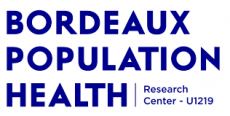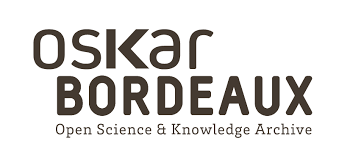The PRAMOS Study: PRostaglandin Analogues Monotherapy-Awareness Survey on Ocular Surface Involvement
Résumé
INTRODUCTION: Even though the local tolerance of prostaglandin (PG) analogues has improved drastically since the introduction of preservative-free (PF) eye drops, prescription patterns still vary widely among practitioners and between countries and could have an impact on the ocular surface of treated patients and, in consequence, their adherence. The aim of this study is to explore the prescribing patterns of PG analogues monotherapy in France and to evaluate their impact on ocular surface status. METHODS: This was a national multicenter cross-sectional observational study that was conducted by 18 glaucoma experts in France. Patients over 18 years of age and receiving monotherapy with topical PG analogues for the treatment of ocular hypertension and/or glaucoma, with no history of prior glaucoma surgery, were consecutively selected from the glaucoma outpatient clinics of participating physicians and underwent an ocular surface examination. RESULTS: A total of 344 eyes of 344 patients were enrolled between November 2022 and November 2023. Prescribed PG monotherapy was PF in 271 (78.7%) patients. Clinical history and ocular surface evaluation indicated that 79.4% of the study population (n = 273) presented with at least one symptom or clinical sign of dry eye and that three patients out of four had an unstable tear film. Subgroup analysis comparing preserved and PF PG analogues showed a higher prevalence of conjunctival hyperemia and corneal staining in the preserved group. Multivariate analysis identified conjunctival hyperemia as consistently associated with preservative use (odds ratio = 7.654; p = 0.003 for moderate conjunctival hyperemia). CONCLUSIONS: This study highlights the growing trend toward PF PG analogue prescriptions by specialists in France. However, ocular surface issues remain prevalent, impacting patient adherence and treatment efficacy. Comprehensive ocular surface examinations are crucial in glaucoma management to enhance long-term tolerance, compliance, and overall treatment success.
| Origine | Fichiers éditeurs autorisés sur une archive ouverte |
|---|




